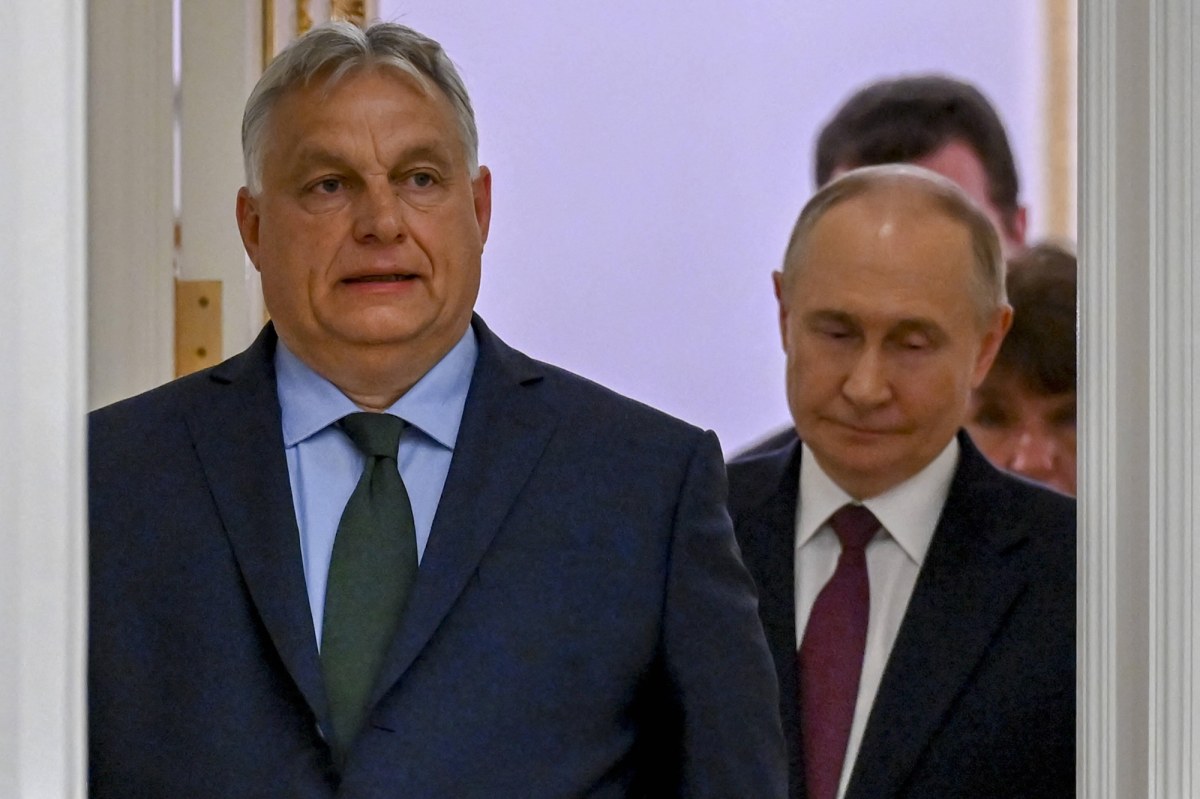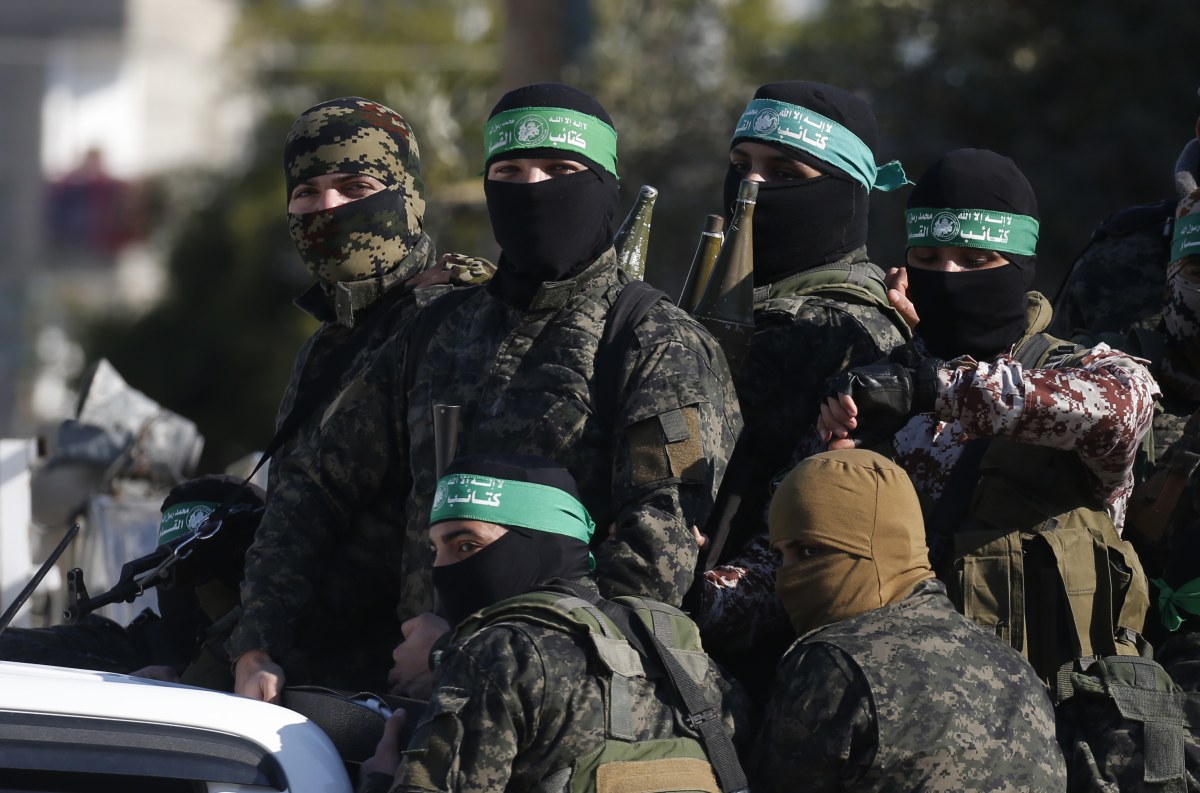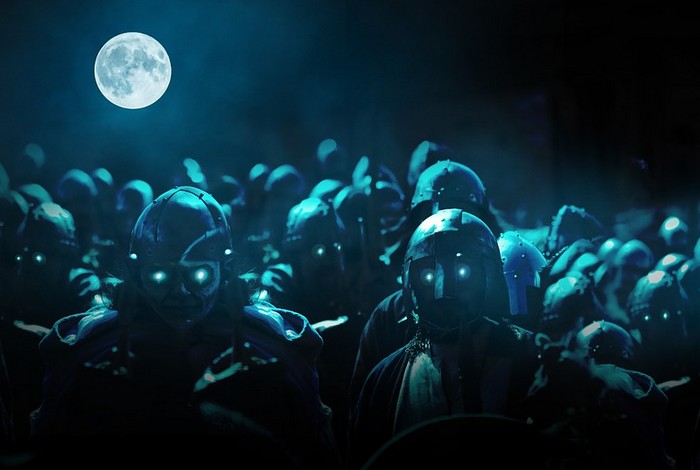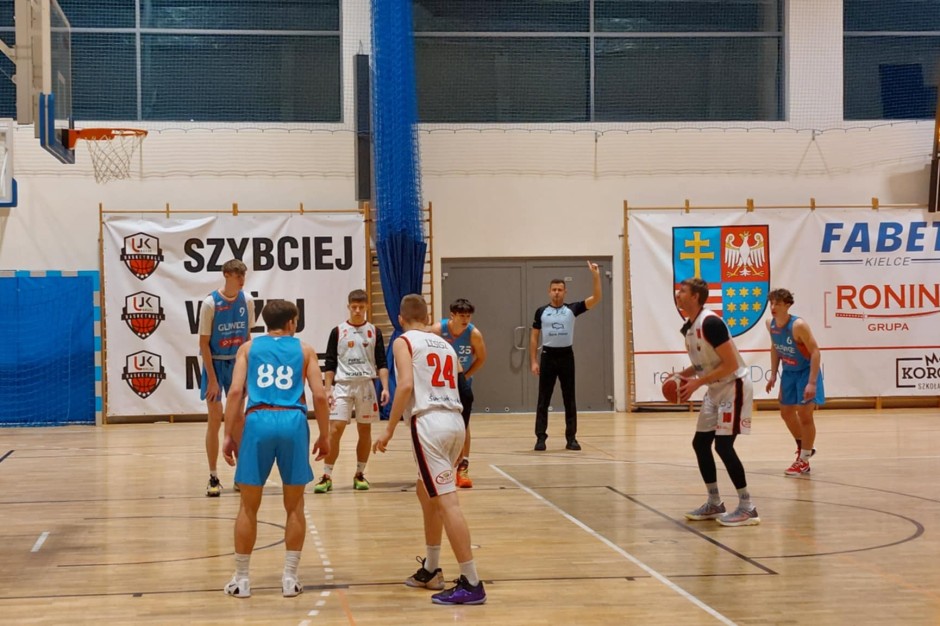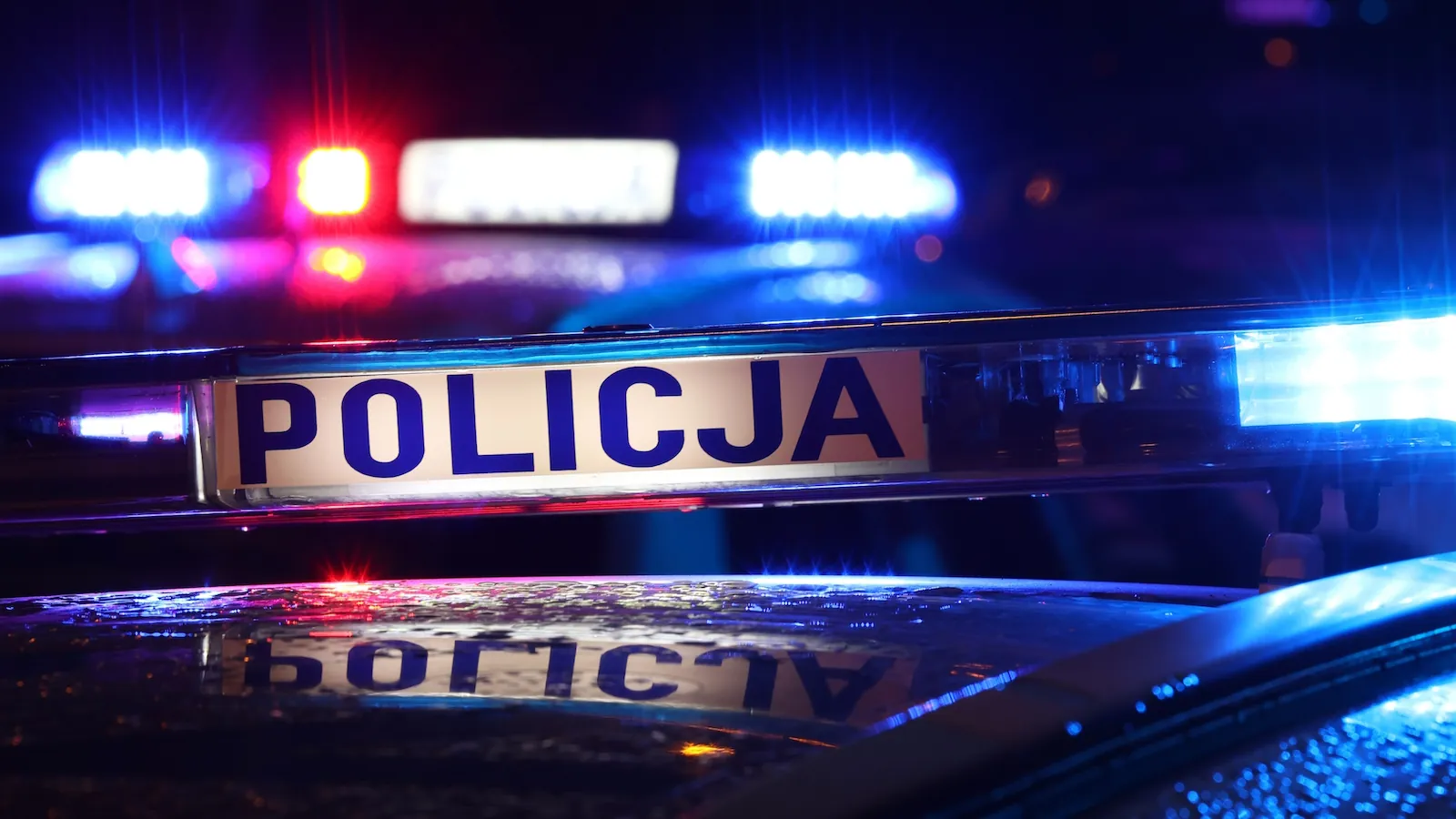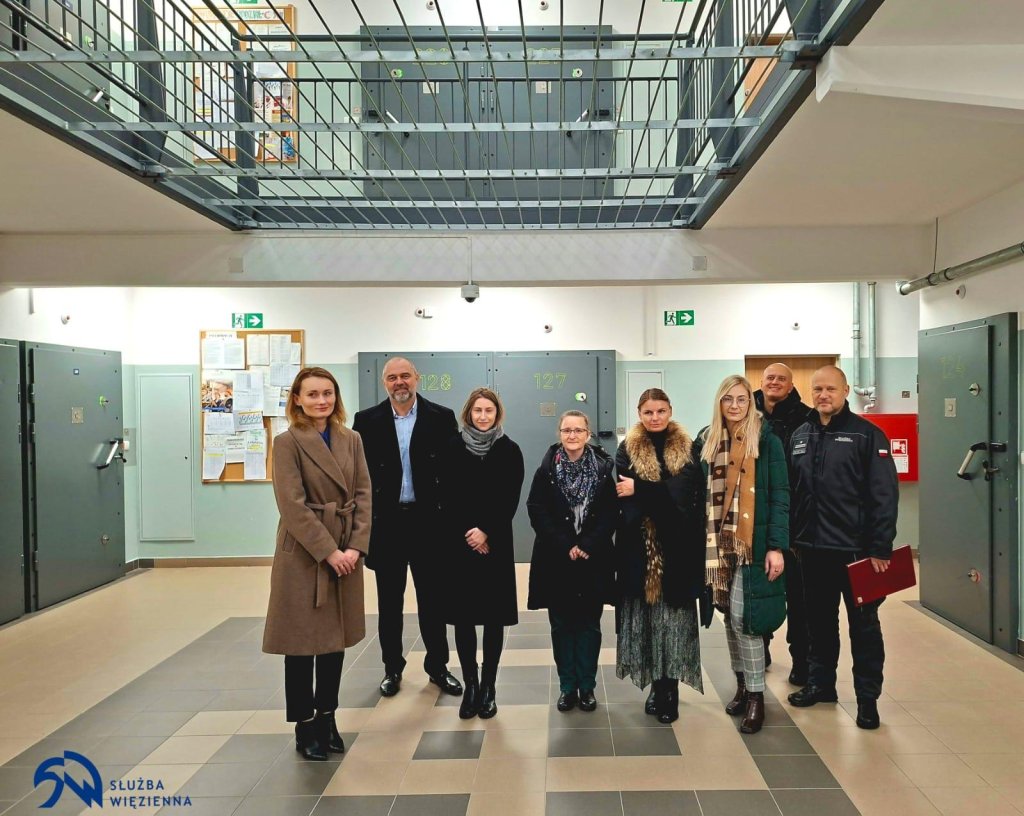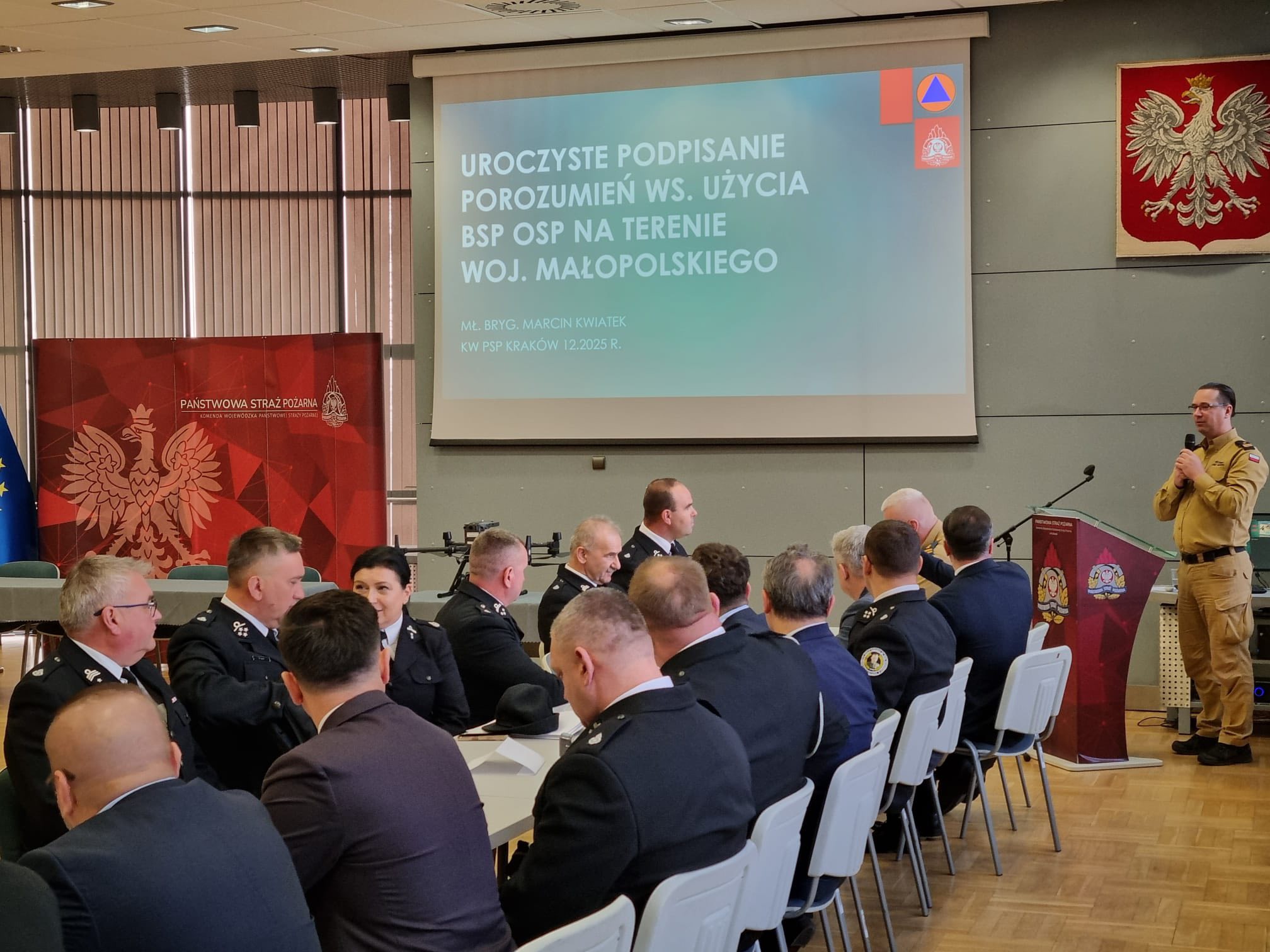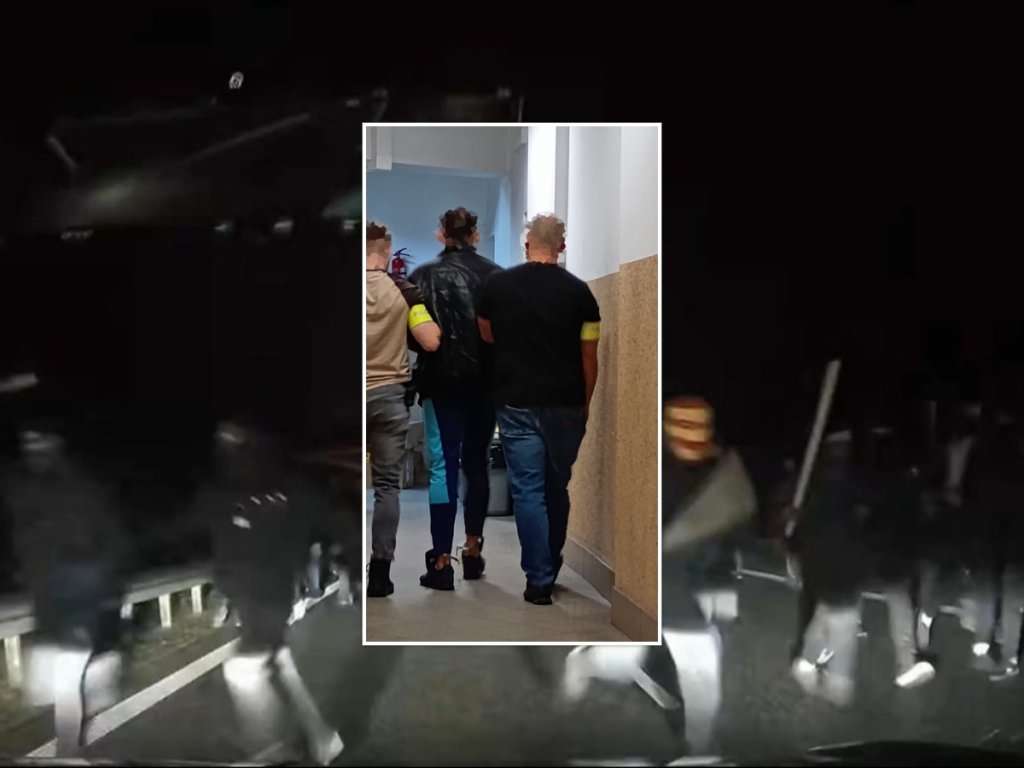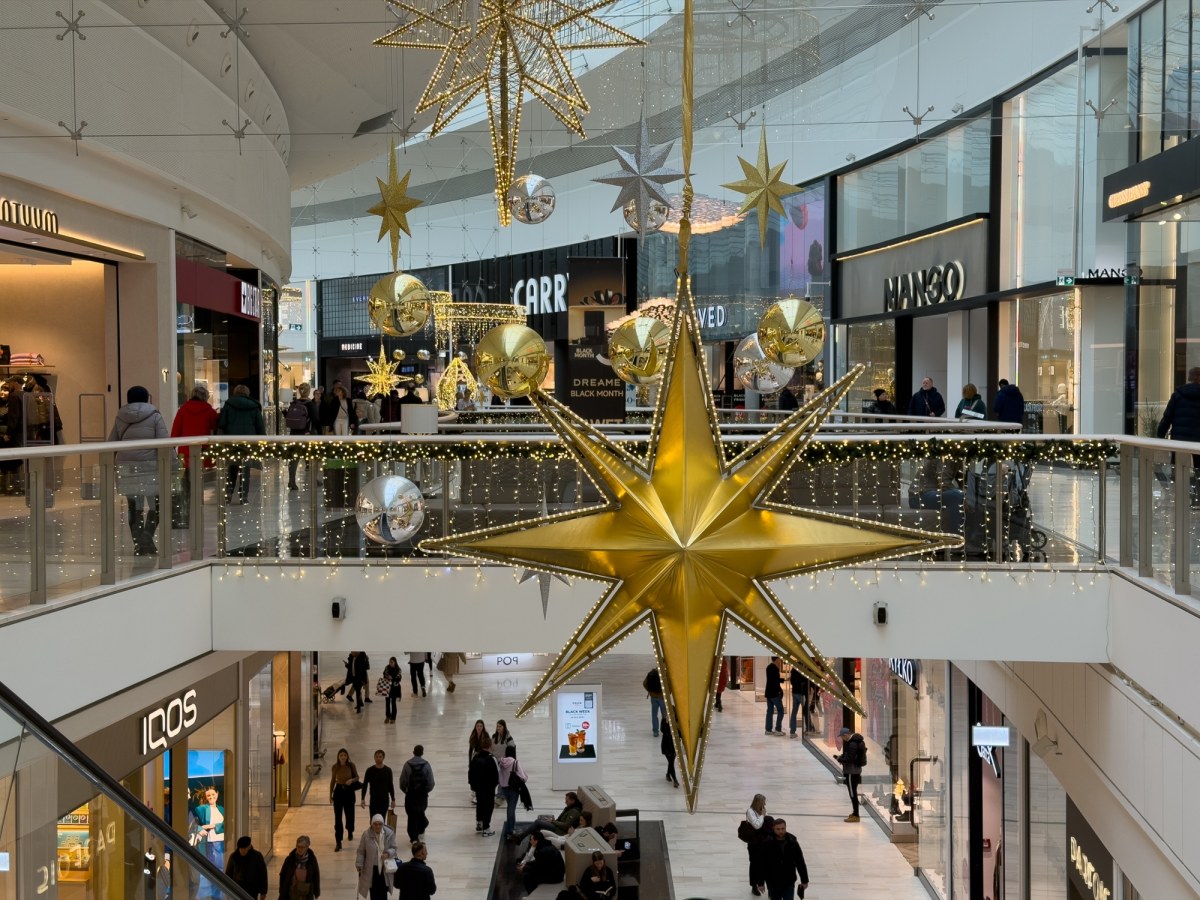
Goldman Weighs In On Tesla Robotaxi Launch
Tesla officially launched its long-anticipated self-driving Robotaxi service in Austin, Texas, on Sunday. A select group of early-access users—many of them FSD beta testers and Tesla influencers on X—have begun sharing their experiences as the AI car company sets its sights on competing near-term with Waymo and, more broadly, becoming a leader in the autonomous ride-hailing industry by 2030.
A team of Goldman analysts, led by Mark Delaney, provided their initial assessment of the robotaxi service in Austin, which features a fleet of self-driving Model Ys.

They discuss three key items from the launch, including:
-
Our initial thoughts on performance of the early rides, which generally show a good degree of drive smoothness in our opinion but with one user posting a navigation issue with improper use of a left turn lane and the vehicle driving temporarily in the turn lane for traffic going the other direction;
-
How Tesla’s Austin service currently compares to Waymo, including the operating area;
-
Our views on how fast Tesla will scale (we continue to expect it to be measured in the near-term).
Delaney said the initial feedback posted on X about Robotaxi has mainly been positive, with users praising the smooth ride experience and tech integration, including personalized music preferences and an in-car customer support feature. However, one early ride encountered a notable navigation error.
This video is circulating on X trying to paint Tesla in a bad light.
It clearly shows the Robotaxi attempting a turn, detecting an error and correcting itself.
This is exactly how a human driver would react and honestly, it reassures me that it’s catching errors and not getting… pic.twitter.com/aamPzfxqke
— Lior (@liorsela) June 23, 2025
„We consider this navigation error as somewhat concerning about the overall level of tech readiness, especially in light of the limited number of vehicles on the road, but also we appreciate that this behavior is not unprecedented to see from human drivers either,” the analysts noted.
Tesla had previously indicated that its pilot fleet would consist of 10–20 vehicles, and the service is currently restricted to a limited geographic area in Austin and available only from 6 a.m. to midnight local time. A Tesla employee remains seated in each vehicle, suggesting the company still requires human supervision.
In contrast, Alphabet’s Waymo operates across 37 square miles of Austin on a 24/7 basis, accessible to all Uber users. Tesla is charging a flat fee of $4.20 per ride, while Waymo’s pricing is dynamic, based on Uber’s existing fare model.

On the subject of Robotaxi scaling in Austin, the analysts said:
The use of an Austin-specific tech stack, a Tesla employee being present in the vehicle (albeit on the passenger side), and the navigation/lane issue reported in the first day of use suggests scaling will be slow in the near-term in our view — As we discussed in our note from 6/20, we hadn’t initially expected a Tesla employee to be in vehicle. Given this news, the navigation related error from one early consumer ride, and other factors like geofencing and a version of the software that at least for now is specific to Austin, suggests in our view that scaling in the near-term will be slow. We also believe this suggests that it will be some time before consumers can use FSD on their personal vehicles in a wide operating area.
Adding:
Separately, the regulatory environment will be key to monitor and could determine the speed of the ramp as well. California currently requires permits for robotaxi deployments, and on 6/20 the Texas governor signed a bill that requires robotaxi/AV operator permits starting in September. However, new federal rules could help speed AV adoption.
Delaney pointed out that Tesla added more than $90 billion in market capitalization leading up to the Robotaxi launch, nearly „double Waymo’s reported valuation of >$45 bn as of October 2024.” In other words, much of the Robotaxi optimism has been priced in.
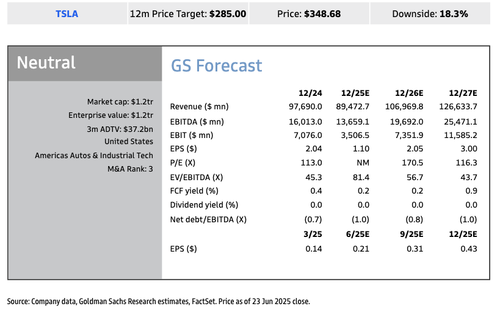
The analysts maintained a „Neutral” rating with a 12-month price target of $285, or about 20% below Monday’s closing price. Their valuation model suggests Robotaxi could add anywhere from $2.50 to over $80 per share in value by 2040, depending on the eventual fleet size and profit margins.

Earlier this month, a separate Goldman note outlined that the autonomous vehicles era is just beginning and about to enter hyperscaling in North America.
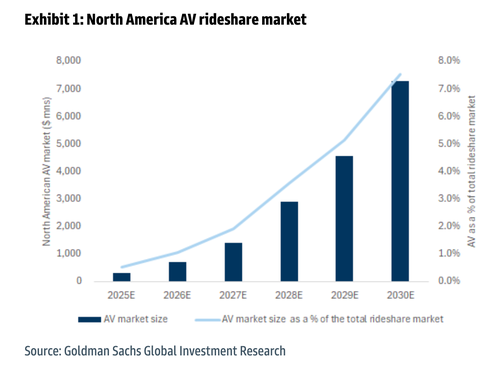
Read the full note here…
Tyler Durden
Tue, 06/24/2025 – 14:25

 5 miesięcy temu
5 miesięcy temu



